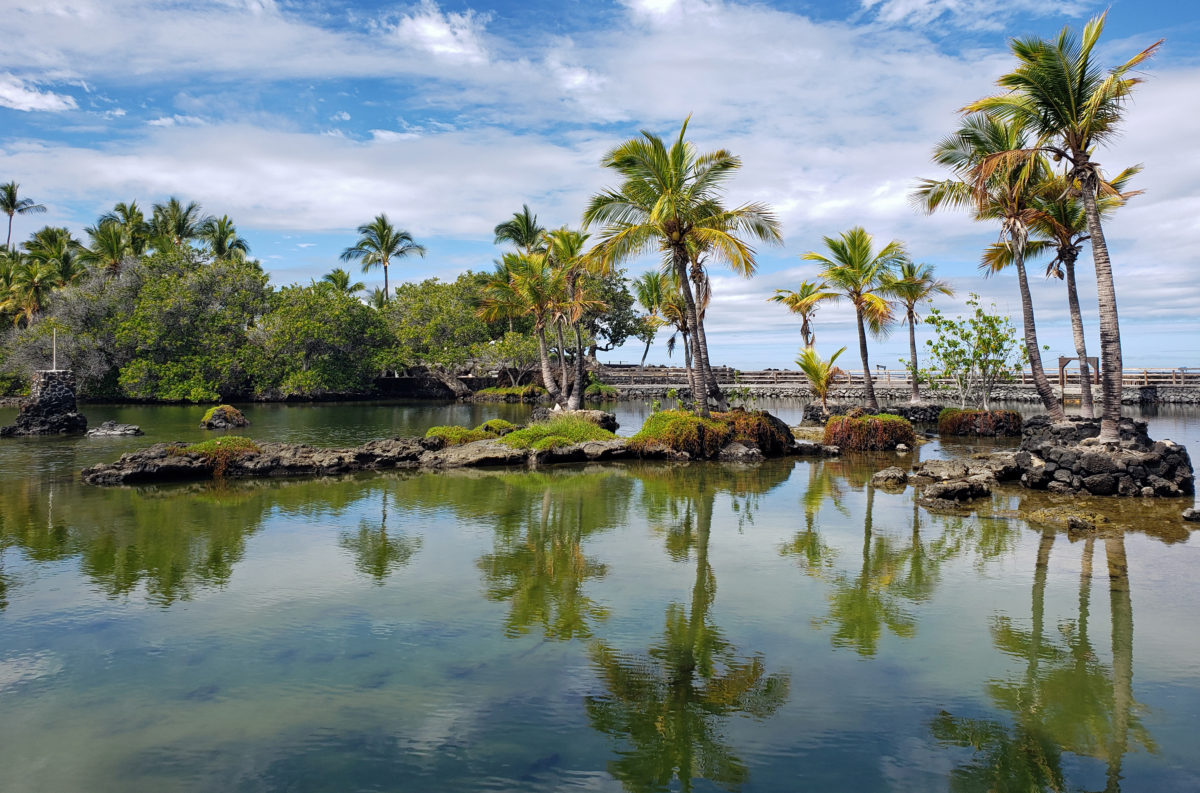by Alan K. Lee
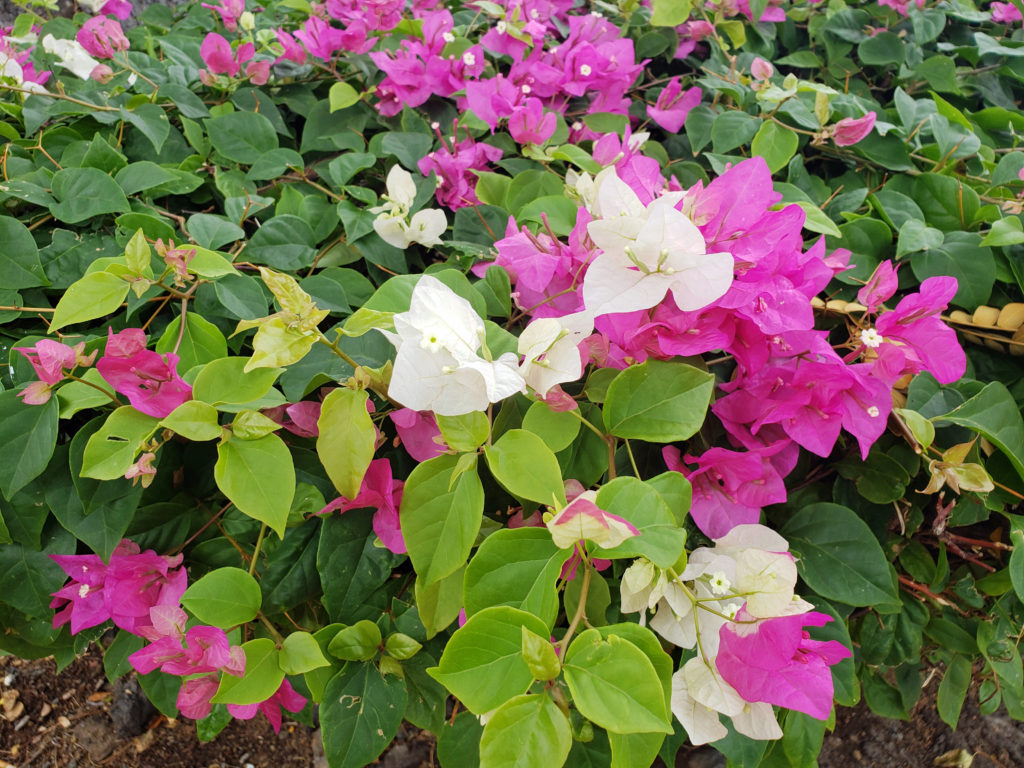
Kona, on the Big Island, was where I first set foot in Hawai’i, back in the year 2000. I will never forget stepping out of the plane and immediately being bathed in sunshine and enveloped in the warmth that is so ever present in Hawai’i. It wasn’t just that it was warm. The air felt different, not the suffocating humidity of summers in the much of the country or the oppressive furnace-like heat of the Southwest. Here it just felt welcoming. Two steps out of the plane I knew I was in paradise.

My first view of the Big Island was also memorable. Looking out the window of the plane at the Kohala Coast as we descended toward Kona, I expected to see lush green jungle, but instead I saw black lava fields and brown grassland. There wasn’t a tree in sight. The land looked more the high desert of eastern Oregon than what I envisioned Hawai’i should look like.
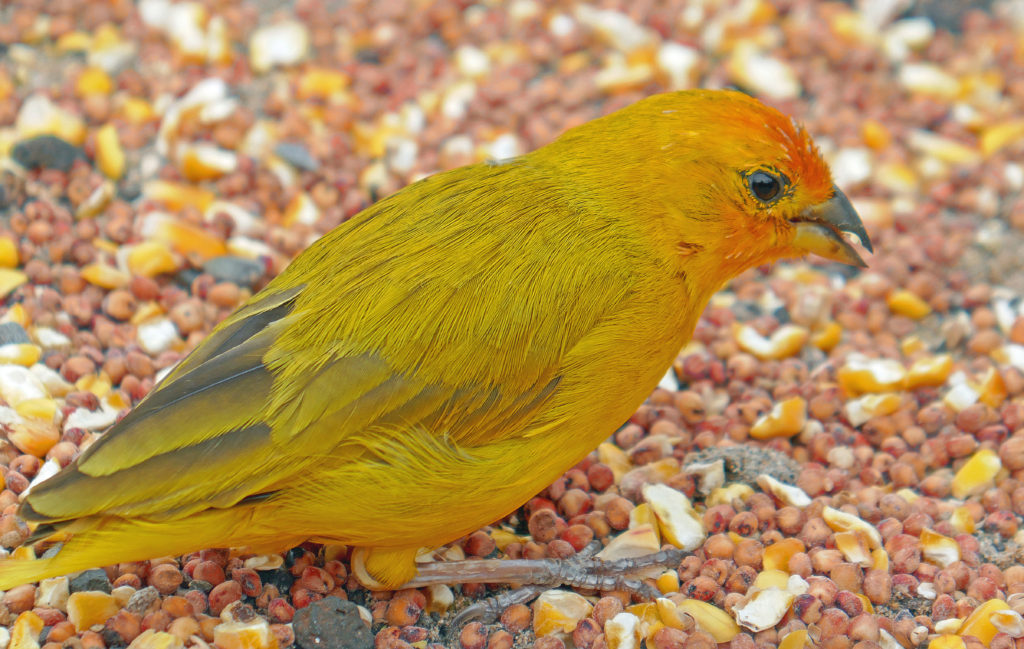
Kailua-Kona isn’t a desert by any means, but the average annual rainfall is a bit under 30 inches, less than Portland or Seattle. Parts of the Kohala Coast to the north of Kona get less than 10 inches of rain per year. In contrast, Hilo on the east side of the island averages more than 10 feet (127″) per year.
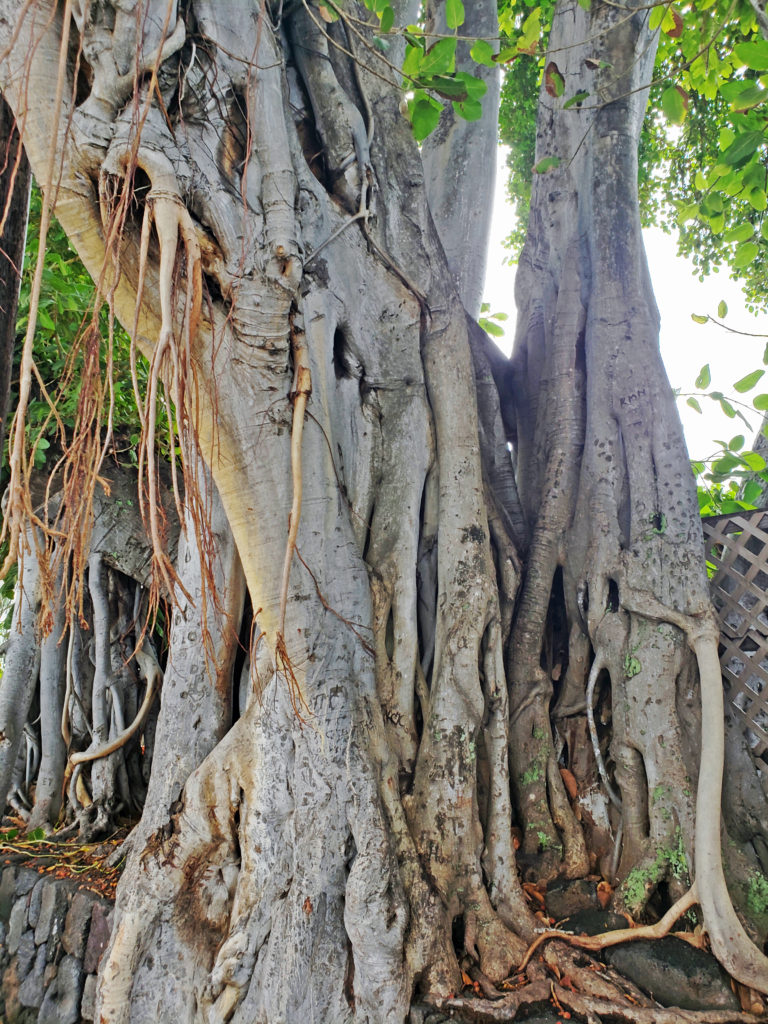
My wife and I have been back to the Big Island a couple of times since our first visit. Our most recent visit came in February 2019. After visiting my wife’s cousin and her husband at their home on Maui, the four of us took the short hop over to Kona to explore the Big Island. It had been 15 years since our last trip to Kona, so I was interested to see how much it had changed. The answer turned out to be not all that much. A little bigger, more traffic, maybe a little more touristy, but essentially the same as I remembered it.
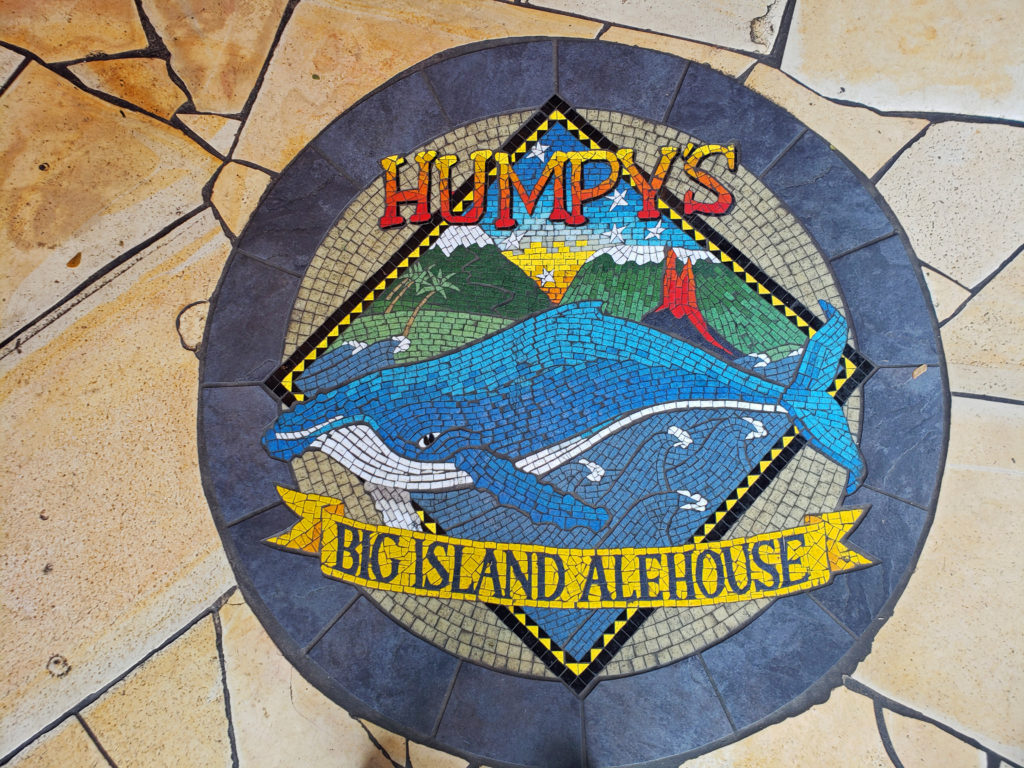
After settling into our condo rental near downtown Kailua-Kona, we walked into town. It was hotter and a little more humid than I remembered it being on our previous visits, so our first stop was a local pub to get a cold brew. After slaking our thirst and having a bite to eat, we walked around the town and harbor-front for awhile.
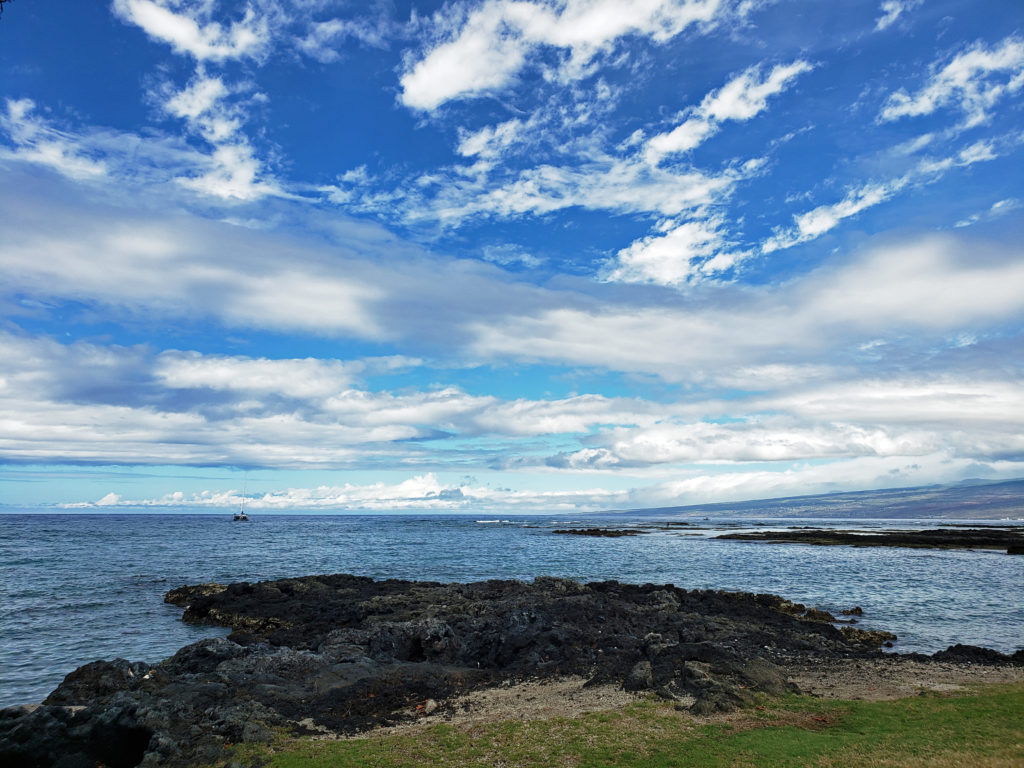
Kailua-Kona still has a small town feel and the downtown area is compact and easily walkable. Many of the businesses that were there 15 years ago are still there. The shave-ice place that we discovered on our first visit is still there, although with a different name now. The town is worth a look, but it is often crowded with tourists, especially when there’s a cruise ship in port. When there is, it’s probably best to avoid the area. Fortunately, the attractions of the Big Island are numerous and varied, and regardless of what your idea of the perfect tropical vacation is, you can probably find it on the Big Island.
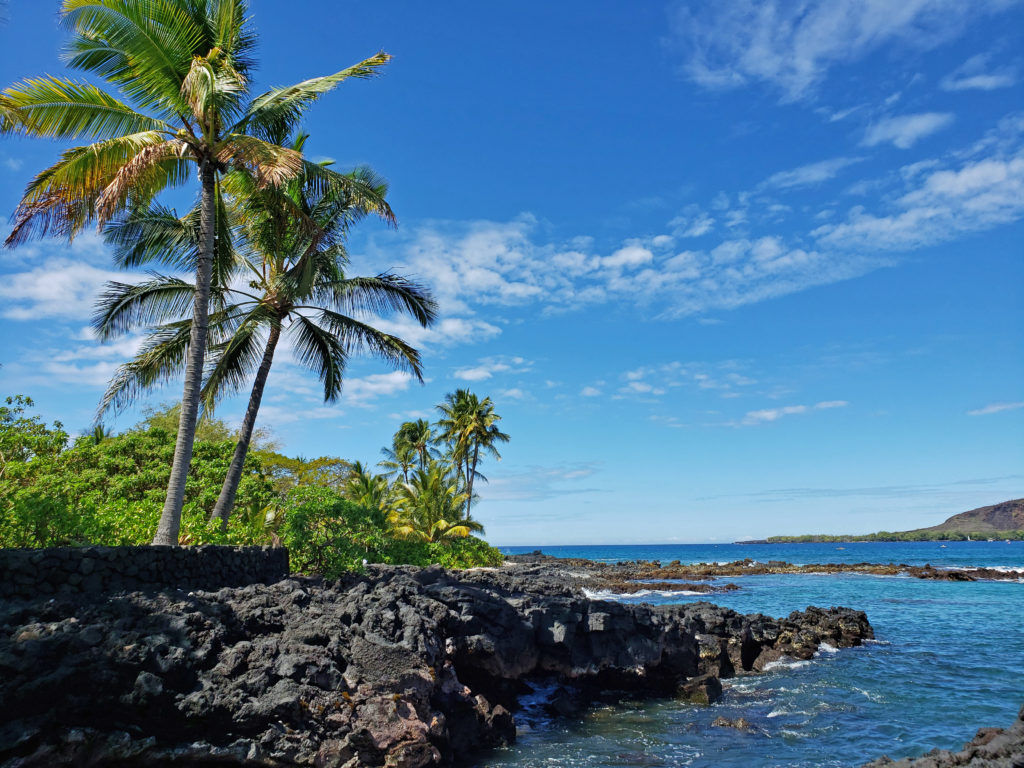

We spent one morning at Kealakekua Bay, about 20 miles south of Kailua-Kona. On our last trip, my wife and I took a day cruise to Kealakekua to snorkel. That was one of the best snorkelling experiences I’ve ever had. This time we drove to Manini Beach, a pretty cool little park with a small sand beach, frequented more by locals than tourists. We would never have found it on our own, but the owners of the condo we rented put together an information book that had photos and directions to the park. Across the bay is a monument marking the spot where Captain James Cook was killed in 1779.
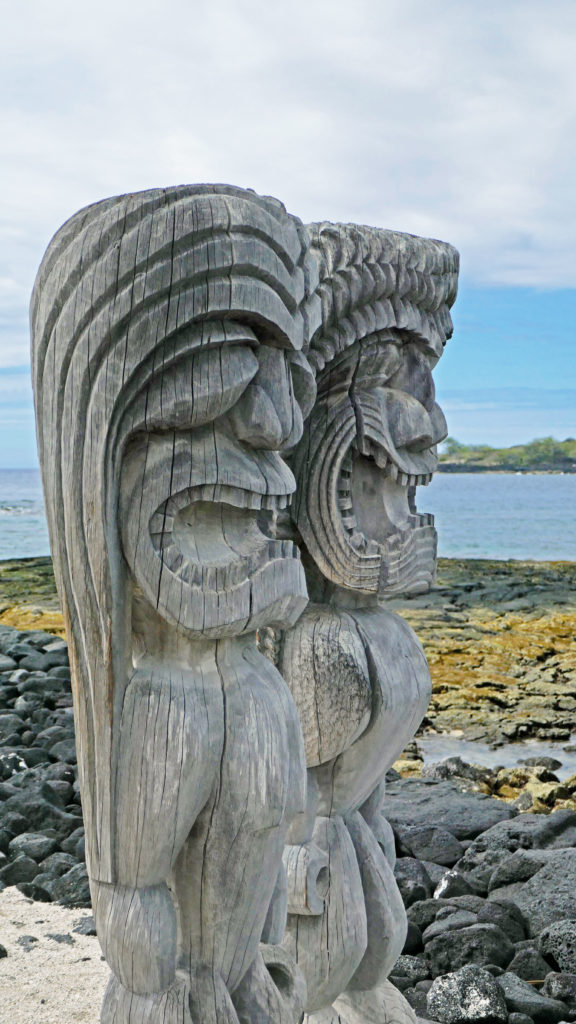
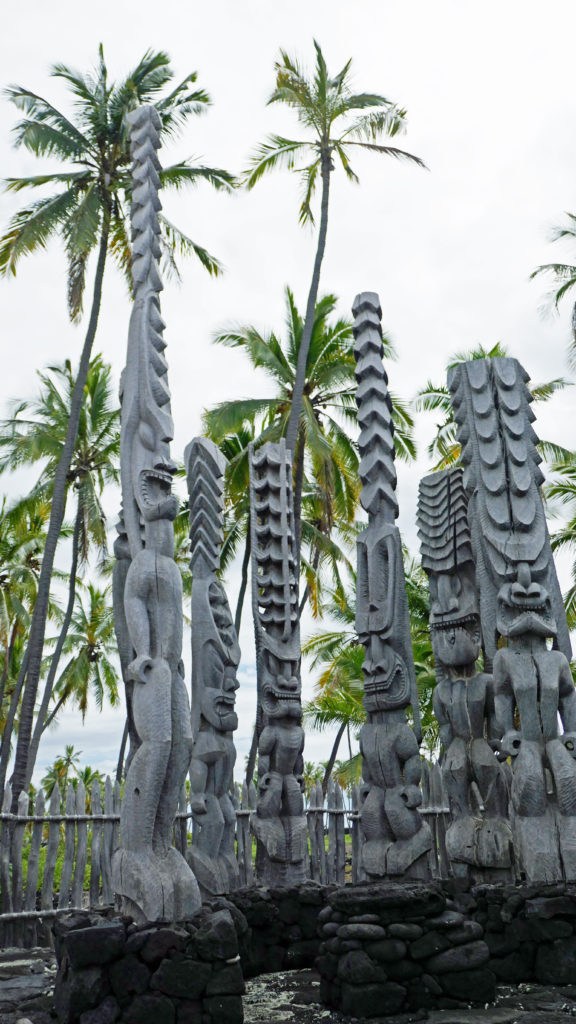
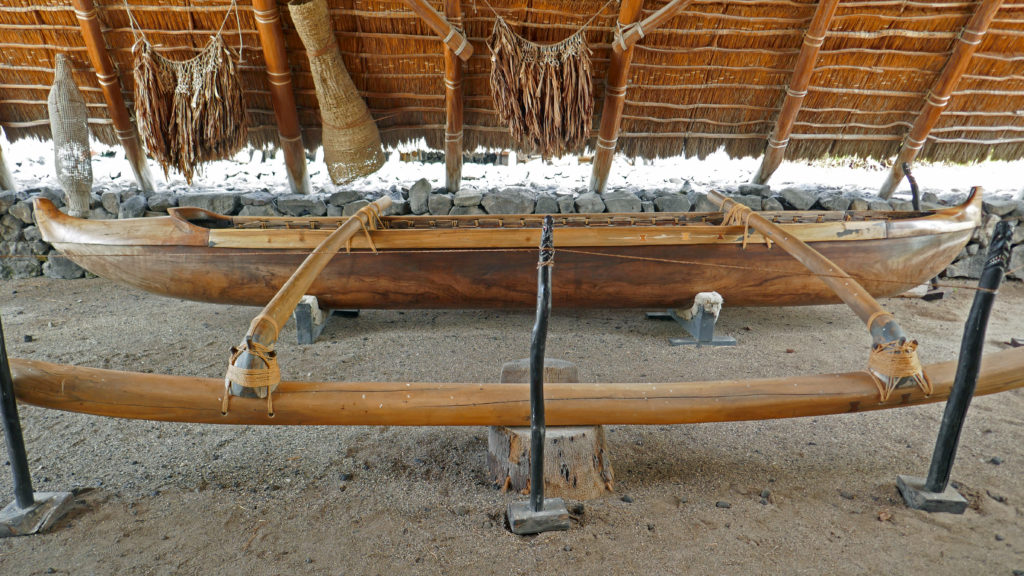
We spent two or three hours lounging and swimming at Manini Beach, then drove to the Place of Refuge (Pu’uhonua o Honaunau National Historic Park), on Honaunau Bay, a few miles south of Kealakekua, where we spent another couple of hours exploring. Pu’uhonua o Honaunau played a significant role in the lives of Hawai’ian people prior to contact with Europeans. If you have any interest in Hawai’ian history, this is a place you definitely should visit. Next door to the Place of Refuge there is also a very good (and popular) snorkelling access point called Two Steps. You are certain to find lots of colorful fish and sea turtles in the bay there.
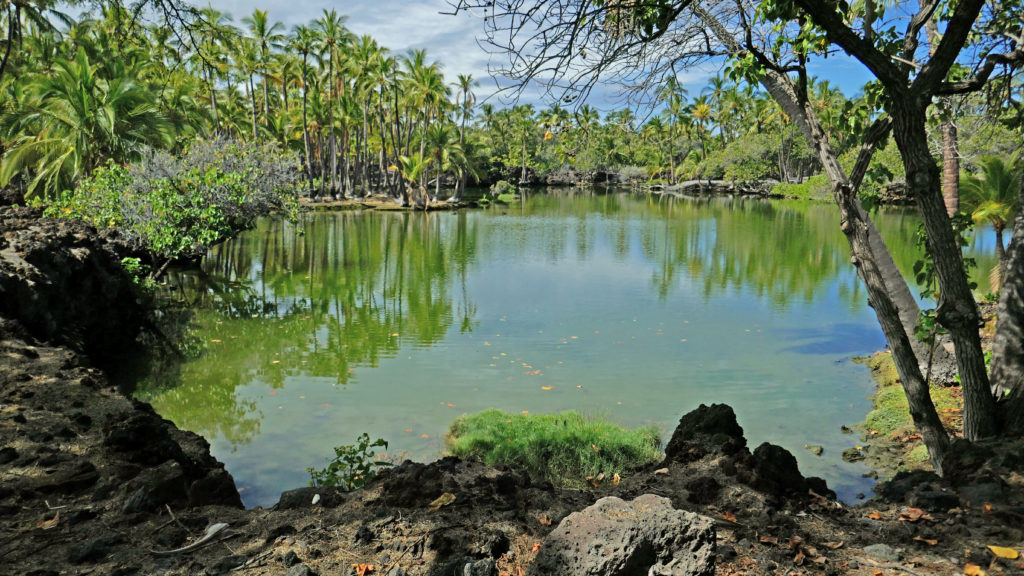
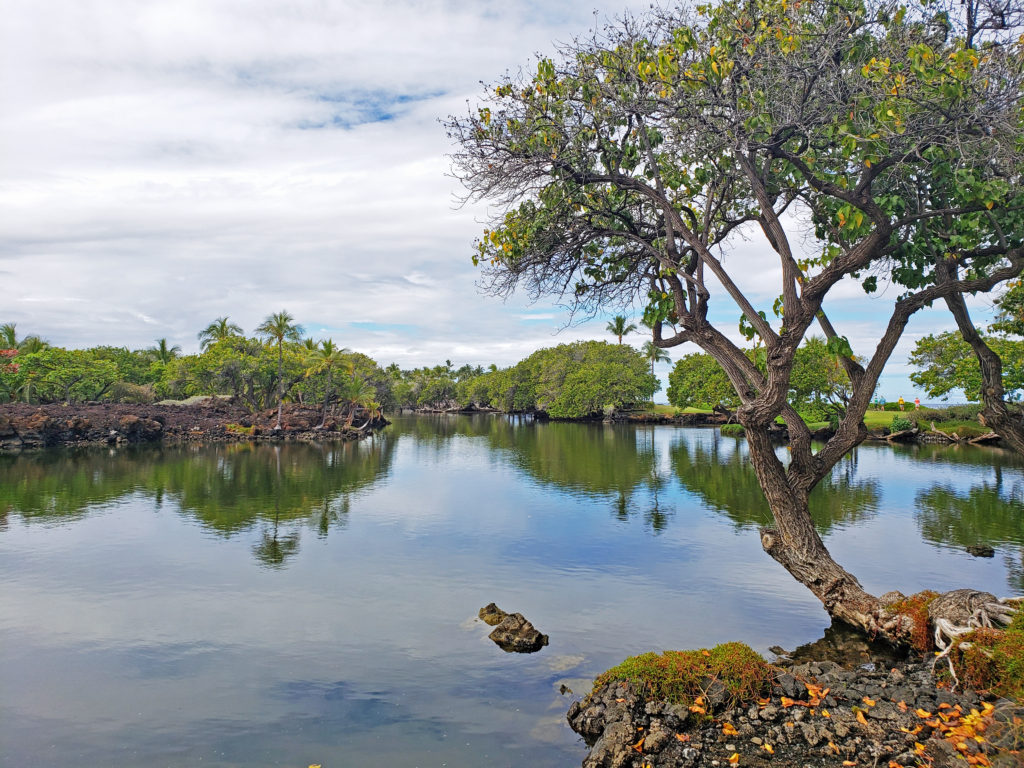
More native history can be found along the Kohala Coast to the north of Kailua-Kona. The Mauna Lani Resort has preserved a couple of features of native Hawai’ian life on their property. Kalahuipua’a Historic Park contains archaeological sites and preserves two ancient fish ponds. The ponds were originally shallow embayments that the native Hawai’ians walled off to raise fish for food. Over time the ground here has subsided, making the ponds deeper and larger than they once were.
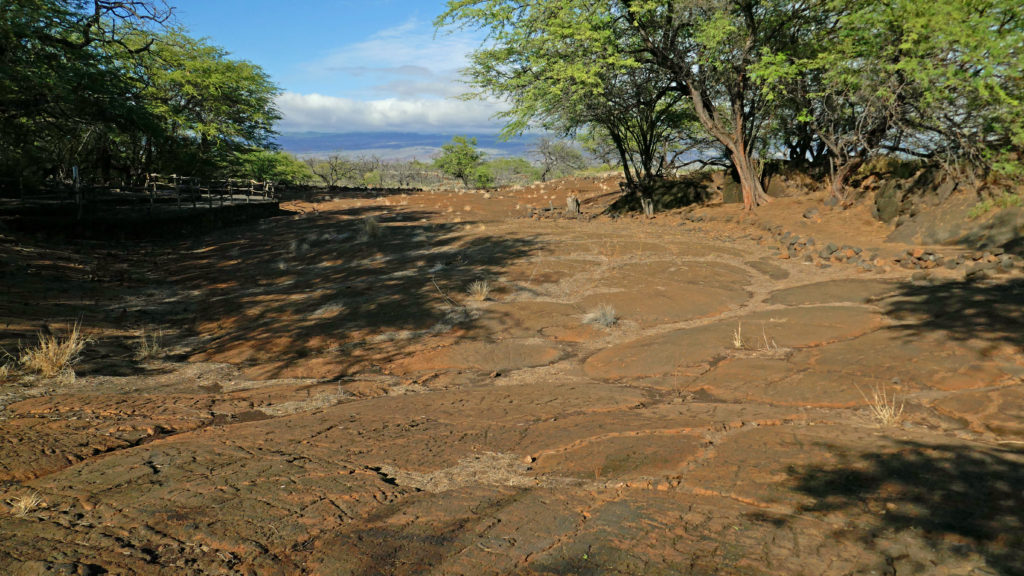
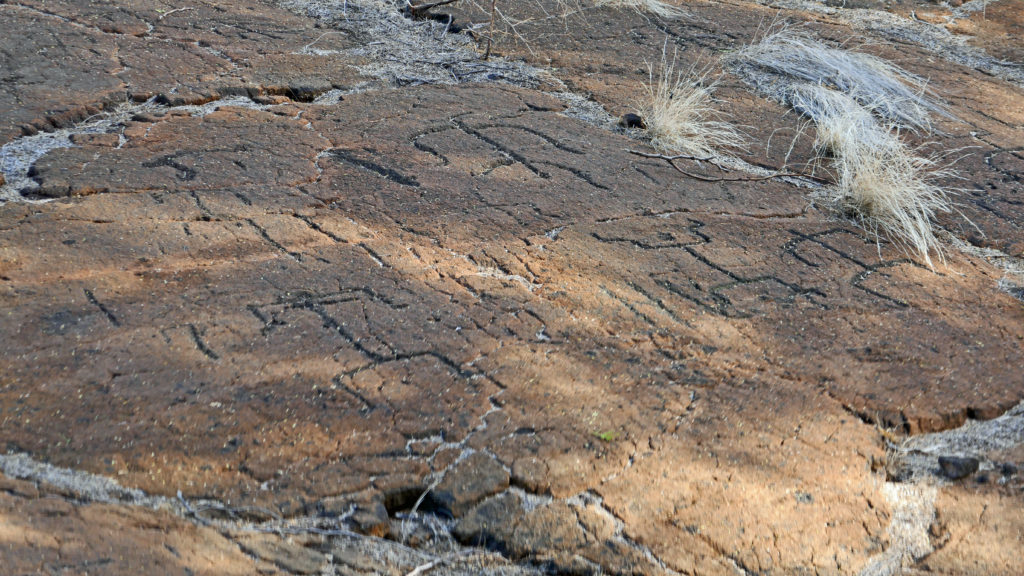
Puako Petroglyph Archaeological Park, also on the Mauna Lani property, preserves an area of relatively flat, smooth lava, several acres in size, that is literally covered with petroglyphs. It’s about a 3/4 mile hike, but a quite incredible site, and well worth the hike, even on a hot afternoon. I’ve never seen another place with anything close to the number of petroglyphs that can be found at Puako. The entire Puako Petroglyph Archaeological Preserve covers 223-acres and boasts more than 3,000 ancient petroglyphs, some dating to 1200 AD.
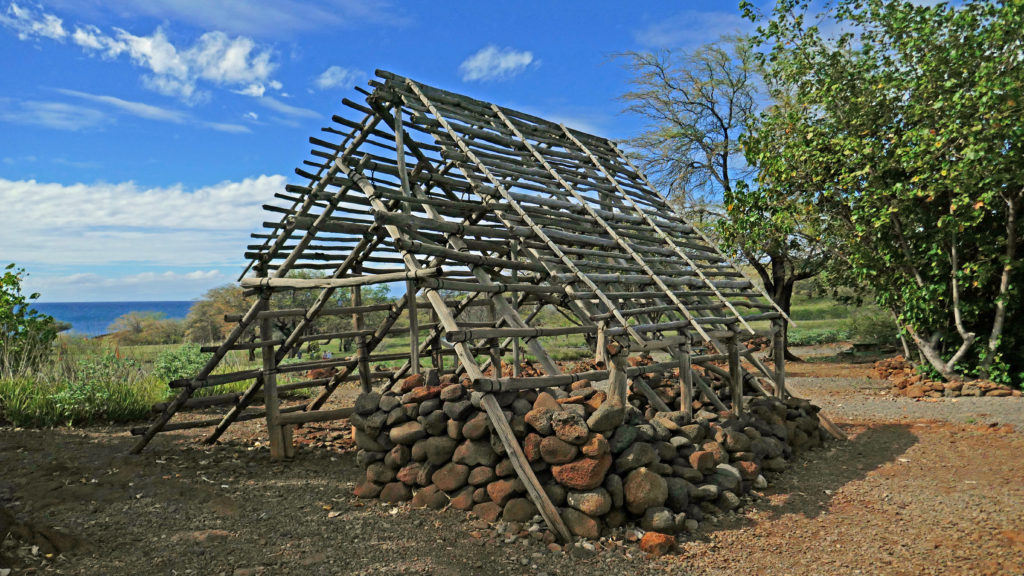
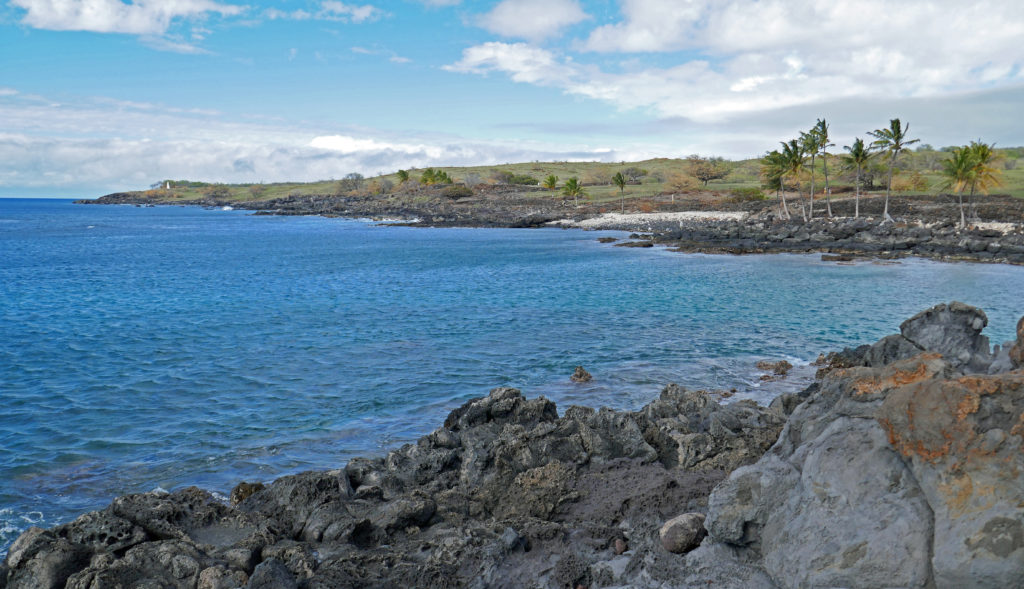
Farther north, in the North Kohala District, Lapakahi State Historical Park preserves the ruins of an ancient settlement. Several of the structures have been recreated to give an inkling of what life was like in the village. The park also protects 1.5 miles of shoreline and off shore coral reefs.
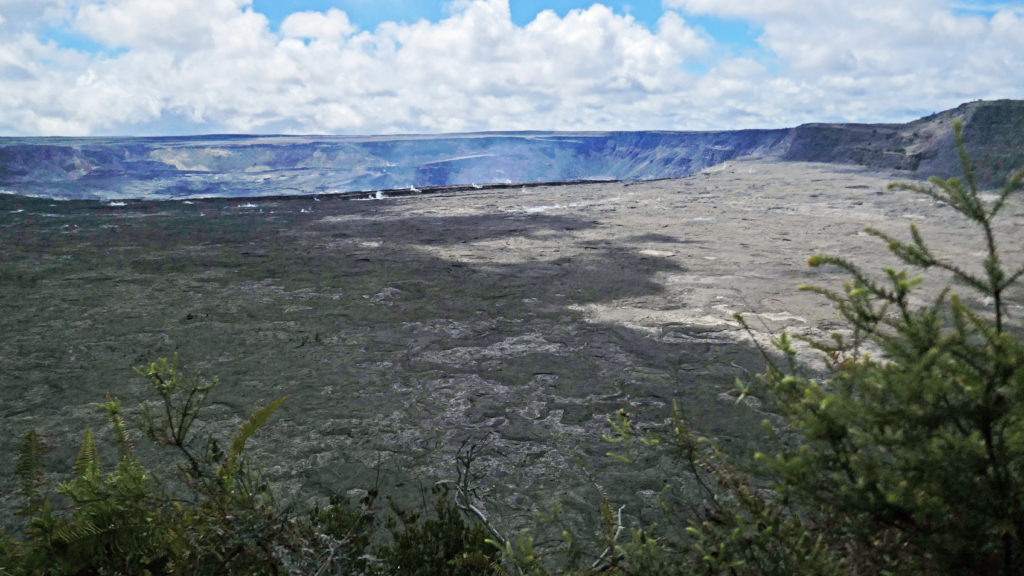
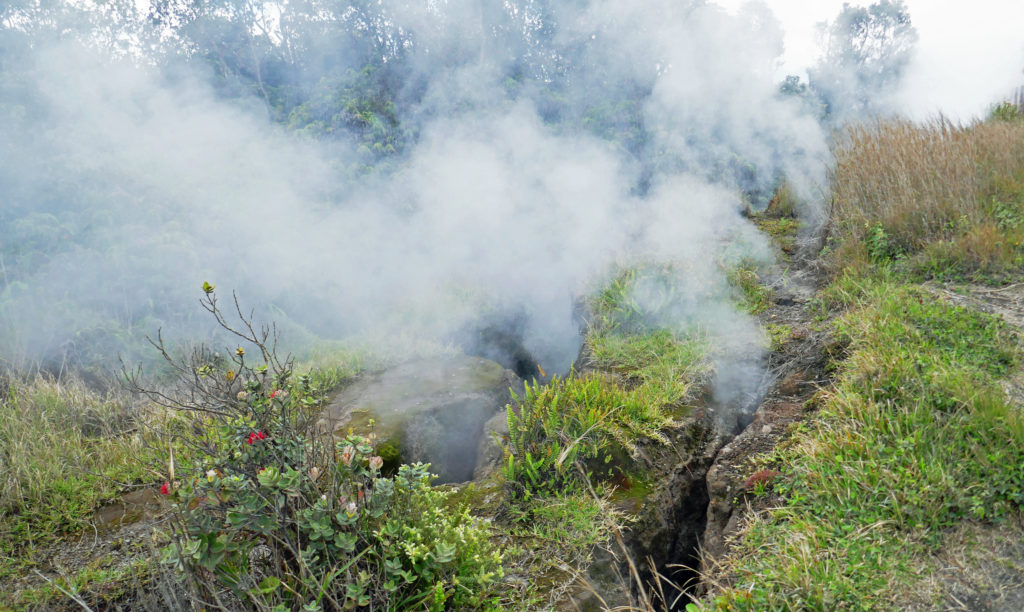
We came to the Big Island not long after the end of 2018’s epic eruption of Kilauea. The volcano was quiet when we were there, but most of the rim road and almost all of the trails in the summit area were still closed. That was a big disappointment. I would have liked to get a close up look at how much the crater had changed since our last visit. From what we could see, the Halema’uma’u Crater within the Kilauea Caldera is now many times larger than it was in 2004, but we couldn’t get near enough to see down into the crater. The trails down into the Kilauea Iki Crater were also closed, as was the Thompson Lava Tube Trail. The Chain Of Craters Road was open, so we stopped and explored a couple of interesting areas of much older eruptions that we probably would have skipped if more of the summit area had been accessible.
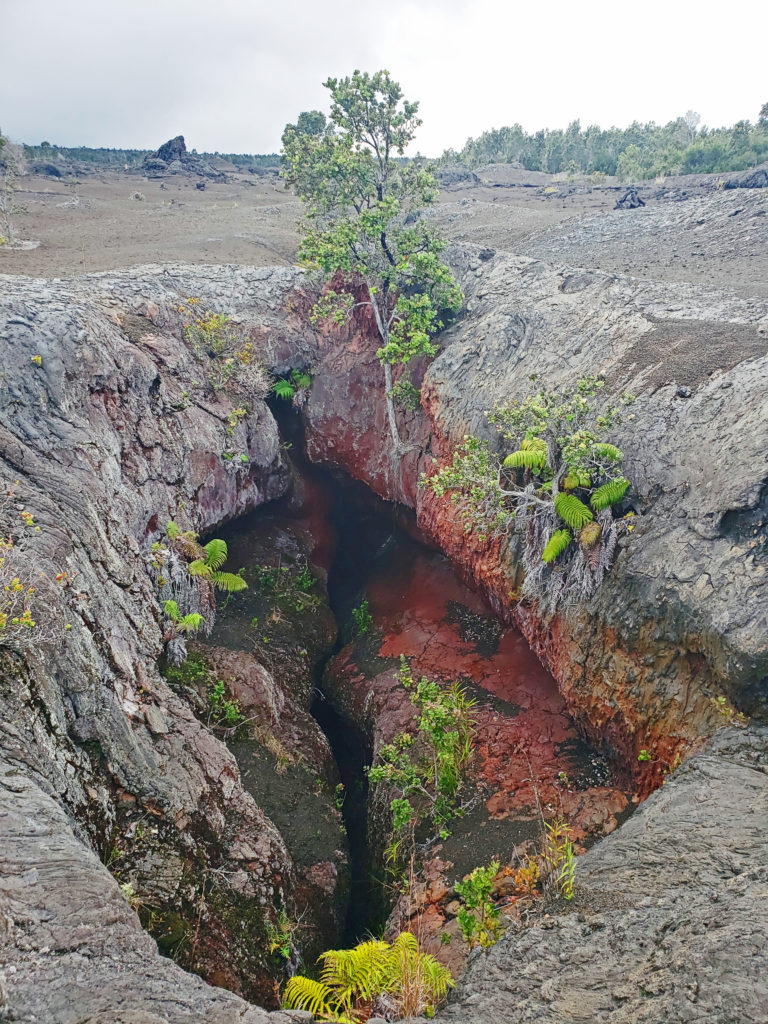
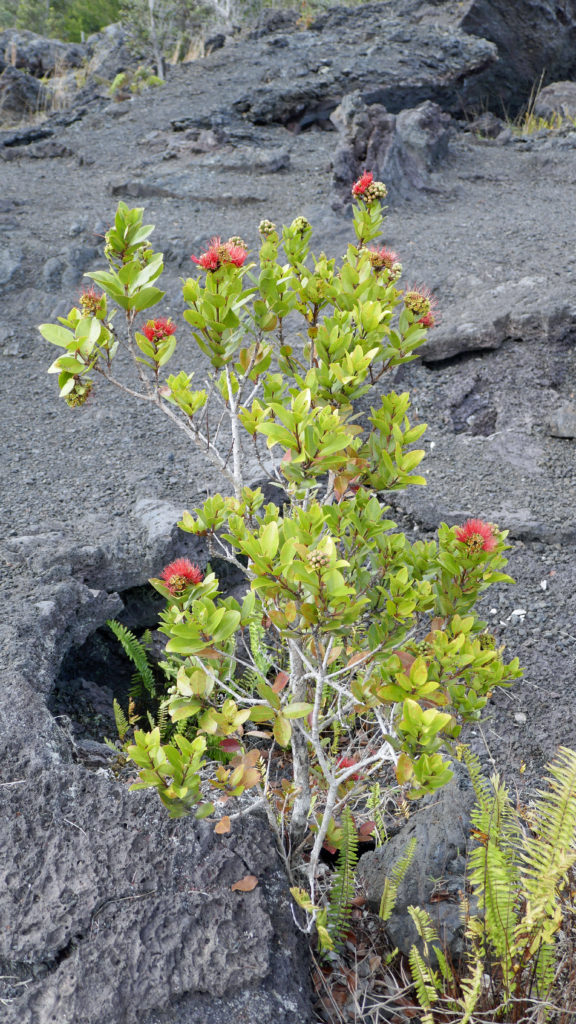
After leaving Volcanoes National Park, we drove to Hilo, looking for Rainbow Falls. Our navigation system led us astray, however, leading us down a private road that went nowhere. We backtracked to Hilo to reconnoiter. While there, we had a wonderful dinner at the Cafe Pesto. Our friends had eaten there before and their recommendation was definitely on target. After dinner we consulted a map of Hilo and found our way to Rainbow Falls with no trouble. Our previous visit to Hilo (in 2004) came in the middle of a months long drought on the Big Island, and Rainbow Falls was barely a trickle then. But this time the Wailuku River was flowing strongly and twin streams of water were pouring over the edge of the cliff. As impressive as it was, I couldn’t help but wonder how much more so it would be after a heavy rainstorm.
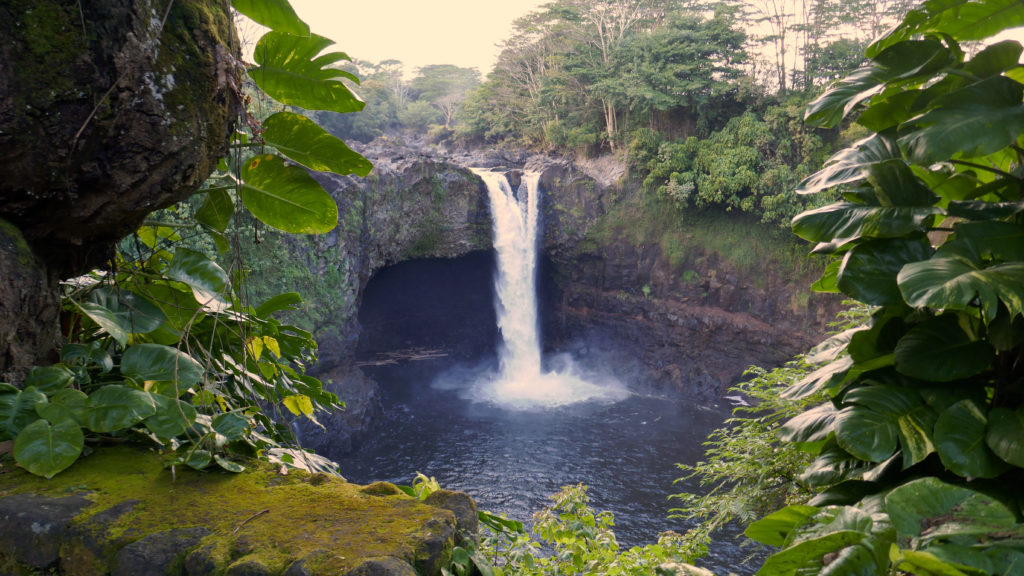
We made our way back to Kona via the Saddle Road that crosses over the divide between Mauna Loa and Mauna Kea. In 2004 this was such a bad road that rental car companies specifically prohibited taking their cars on it. But much work has been done on it recently, and it is now one of the better highways on the Big Island, and by far the quickest route between Kailua-Kona and Hilo.
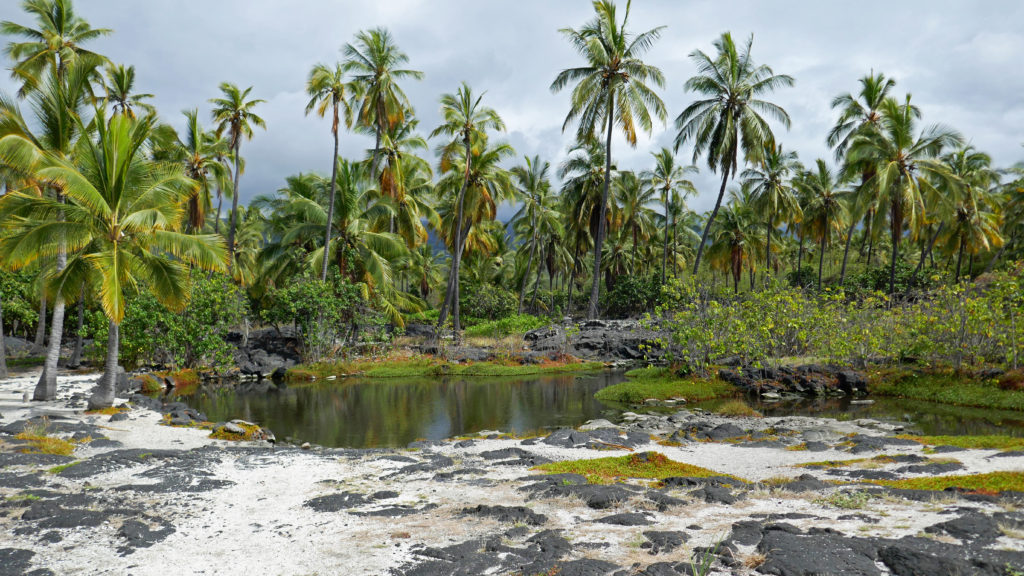
Four days wasn’t close to enough time to do anything but scratch the surface of what the Big Island has to offer. There are beaches, of course, and snorkeling, golf, hiking trails, you name it. But even if you only have a few days, the Big Island is a great choice of places to visit. If you are thinking about visiting, a good starting point for your planning is the Big Island Guide website. It has tons of information on accommodations, dining, activities, sightseeing, the history and culture of the island, and much more.
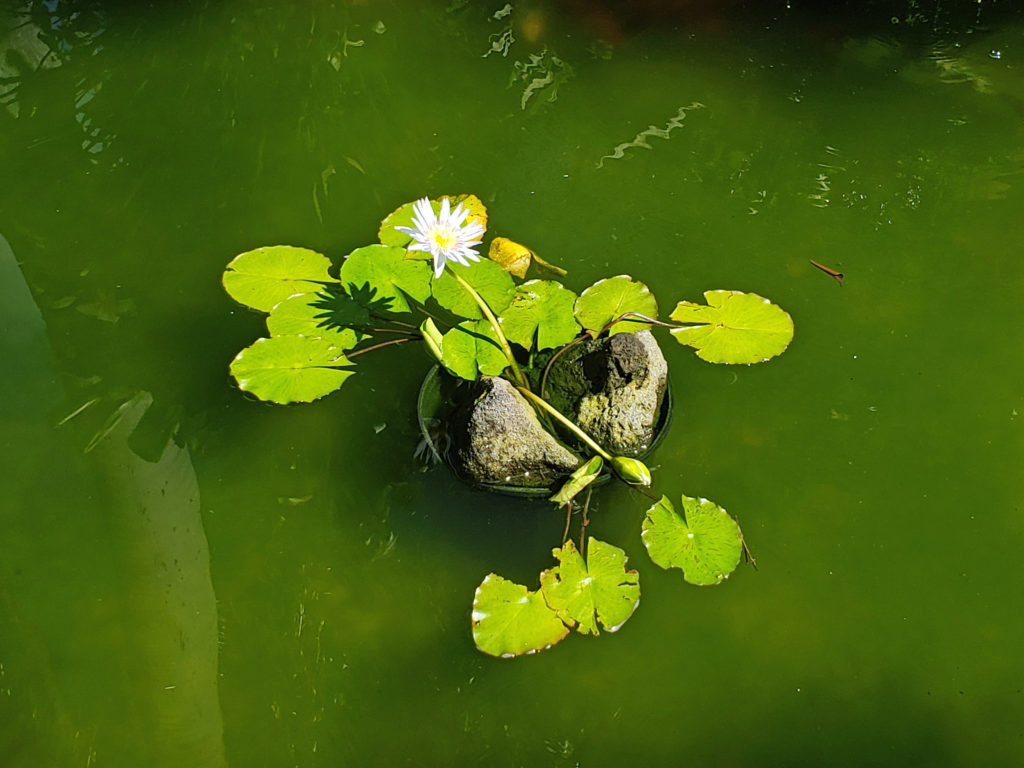
No matter what your interests, I think it would be hard to have a truly bad experience on the Big Island, or any of the other islands, for that matter. Whether you choose to visit Kaua’i, Oahu, Maui, Moloka’i, the Big Island or Lana’i doesn’t matter. All of the islands of Hawai’i really are paradise.
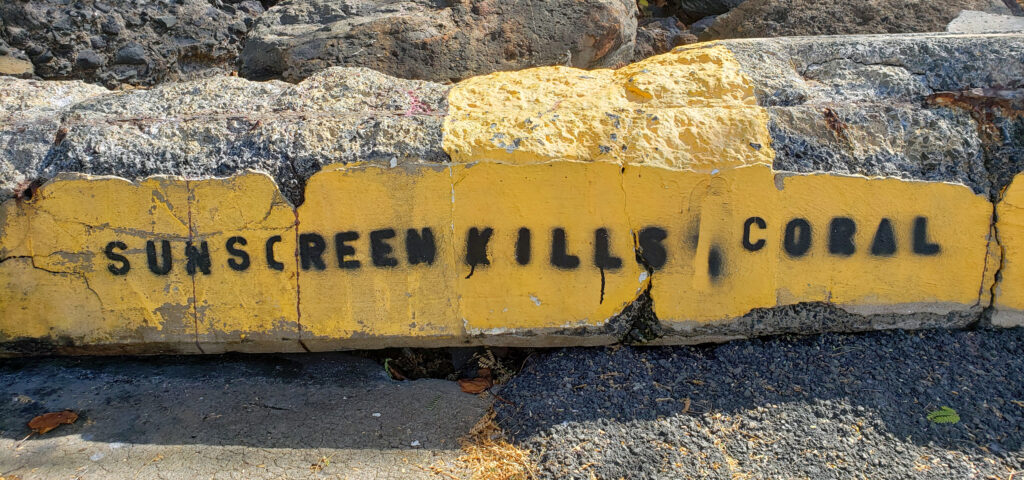 Originally posted August 6, 2019. Updated and re-posted November 19, 2022.
Originally posted August 6, 2019. Updated and re-posted November 19, 2022.
All photos © Alan K. Lee

